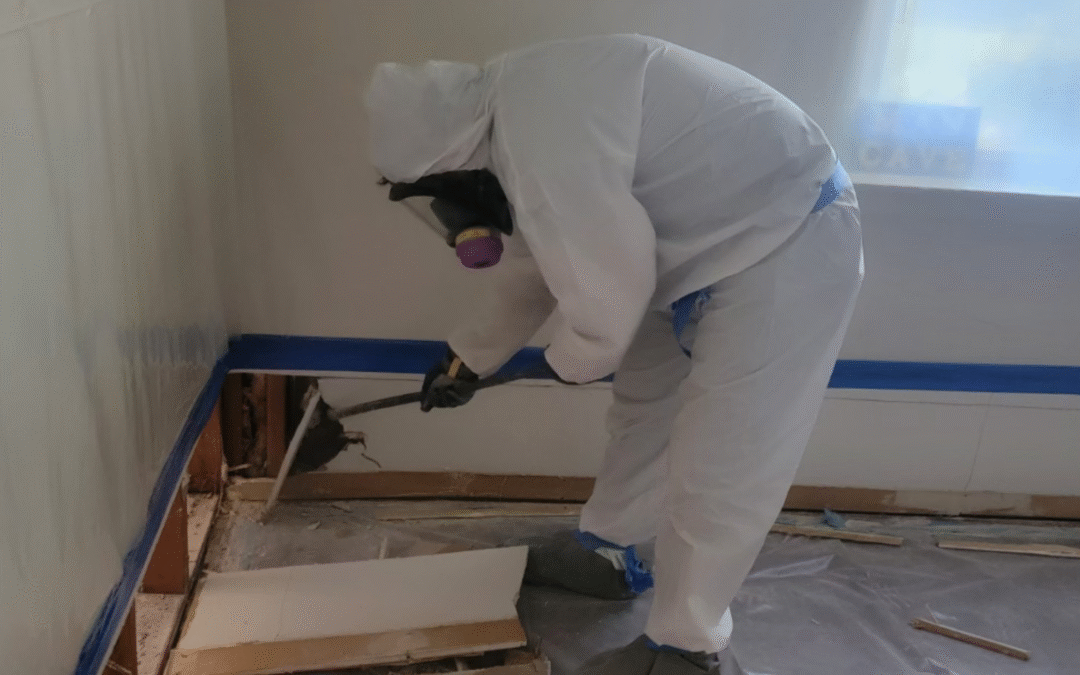Fire damage is often perceived as a standalone issue—devastating, yes, but isolated. However, what many property owners don’t realize is that fire damage frequently paves the way for secondary problems, particularly water damage and mold growth. Understanding this chain reaction is essential for comprehensive restoration and preventing long-term issues.
The Hidden Consequences of Firefighting Efforts
When a fire breaks out, the primary goal is to extinguish it as quickly and safely as possible. Firefighters often use large volumes of water or fire-retardant foam to control and douse the flames. While this is vital for preserving life and limiting structural destruction, it also means that once the flames are out, the building is likely saturated with water.
This excessive moisture doesn’t just disappear once the fire is extinguished. It seeps into porous materials like drywall, flooring, insulation, and furniture. Without immediate and thorough drying, this water can lead to further structural weakening and set the stage for mold development.
Water Damage: The Immediate Aftermath
Water damage caused during firefighting can be extensive. Puddling, soaked insulation, warped flooring, and water-stained ceilings are just the beginning. Electrical systems may be compromised, and hidden areas like wall cavities and subfloors may trap moisture long after the fire trucks leave.
If not addressed promptly, this retained moisture can cause materials to deteriorate. Wood may rot, metal can rust, and paint may peel or bubble. Over time, the property may suffer from lingering odors, discoloration, and eventual instability in its framework—all consequences of unchecked water exposure.
Mold Growth: A Silent but Serious Threat
One of the most concerning aftereffects of water damage is mold. Mold thrives in moist, dark environments and can begin growing in as little as 24 to 48 hours after water exposure. Post-fire properties are especially vulnerable because the structural damage often compromises ventilation, allowing moisture to remain trapped in walls, ceilings, and floors.
Common materials like drywall and insulation act as excellent food sources for mold spores. Once mold sets in, it spreads rapidly, sometimes remaining hidden behind walls or under carpets until it has caused significant damage. Mold not only deteriorates the property further but can also pose serious health risks, especially to individuals with respiratory issues or allergies.
The Importance of Immediate, Integrated Restoration
The aftermath of a fire should always be approached with a multi-pronged strategy. Focusing solely on removing charred debris or repairing smoke damage leaves the door open for future issues related to water and mold. A comprehensive restoration plan should include:
- Water Extraction and Drying: Immediate removal of standing water followed by industrial-grade dehumidification to eliminate residual moisture.
- Structural Assessment: Identifying weakened areas and materials that may need replacement due to water or mold.
- Mold Remediation: Inspection and treatment of all susceptible areas to prevent or remove mold colonies.
- Preventive Monitoring: Ongoing moisture monitoring to ensure the property remains dry and safe post-restoration.
Don’t Wait—Act Quickly After Fire Damage
Time is a critical factor when dealing with the aftermath of fire damage. The longer water remains trapped inside a structure, the greater the risk of mold and long-term damage. Even if the fire seems small or localized, the firefighting efforts can cause widespread moisture intrusion.
For property owners, the key is understanding that fire damage is not just about what was burned—it’s also about what was soaked and what could grow afterward. Engaging professionals who understand the full scope of post-fire challenges ensures that no issue goes unaddressed.
If your property has experienced a fire, don’t wait for mold or water damage to take hold. Contact us today at Hands & Hammers Restoration Services for comprehensive fire damage recovery and peace of mind.


